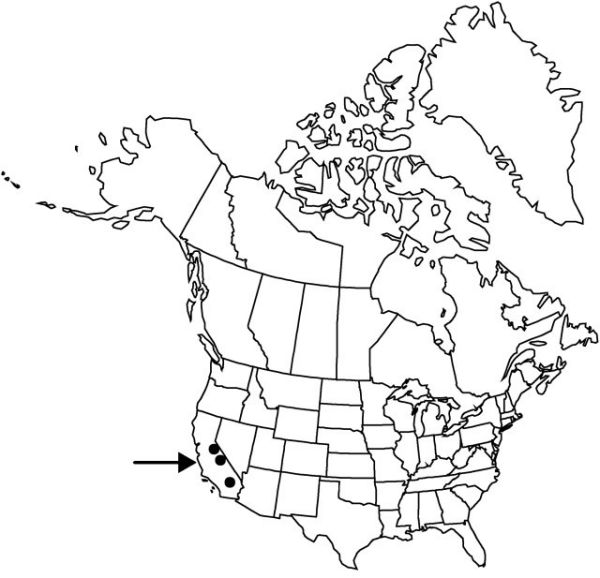Calochortus excavatus
Pittonia 2: 71. 1890.
Stems slender, not branching, 1–3 dm. Leaves: basal usually persistent, 1–2 dm; blade linear. Inflorescences subumbellate, 1–4-flowered; bracts paired, 3–8 cm. Flowers erect; perianth open, campanulate; sepals lanceolate, 2–3 cm, apex acuminate; petals lavender, with longitudinal median abaxial green stripe, with or without blotches, broadly cuneate to obovate, 3–4 cm, with a few short hairs near gland; glands round, depressed, surrounded by conspicuously fringed membrane, densely covered with short, distally branching hairs; filaments 6–8 mm; anthers red-brown, oblong, 7–10 mm, apex obtuse. Capsules erect, brown, lanceoloid-linear, 3-angled, 2–3 cm. Seeds light beige, translucent, flat.
Phenology: Flowering spring.
Habitat: Grassy meadows in shadscale scrub
Elevation: 1200–2000 m
Distribution

Calif.
Discussion
Calochortus excavatus is found only in the eastern Sierra Nevada in Mono and Inyo counties. It is threatened by groundwater depletion.
Selected References
None.